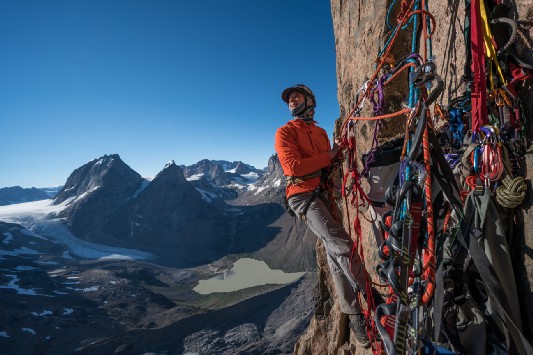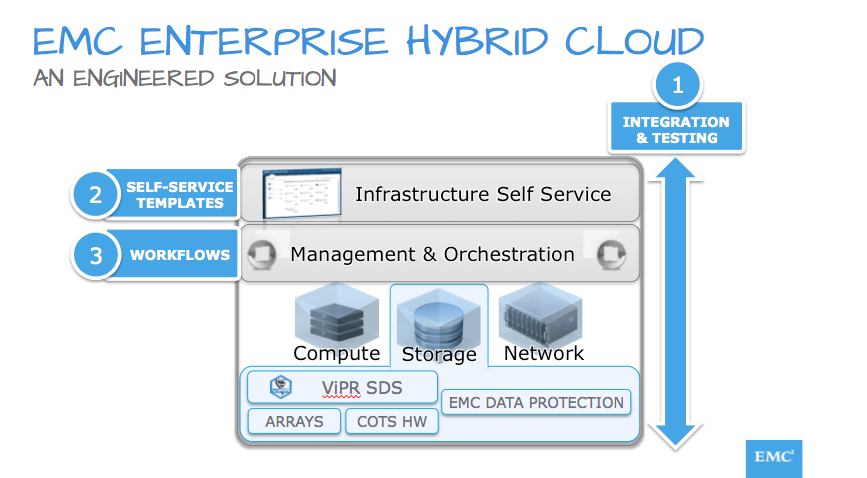By Mike Libecki, National Geographic Explorer
Exploration is my passion and has been in my blood for generations. In 1936, at the age of only 14 years old, my grandfather trekked from North Dakota to live in Yosemite National Park. A couple of generations later, I followed in his footsteps, taking my first climbing trip to Yosemite at 17. Thus began a lifelong love affair with exploring that continues to this day.

I’m fortunate to be able to make my living as a modern-day adventurer and humanitarian, working (and playing!) and giving back in the world’s most remote regions. I’m a climber, and I seek out mountains, cliffs and routes that haven’t been touched by anyone else, thus climbing first ascents. I never cease to be amazed by this planet on which we’re blessed to live. Over the course of 20 years and more than 75 expeditions, I’ve also seen first-hand how much of our natural world is vanishing under the steady encroachment of modern society and the impacts that come with it.
My last expedition was to Greenland in late 2017, my twelfth visit to the island. Observing the changing ice levels and glacial formations made me want to redouble my efforts to raise awareness about the beauty and wonder of the arctic world — to let people see the raw power and magic of our planet before these last untouched tracts are changed forever or gone completely. I‘m dedicated to sharing my adventures with the majority of people who will never travel my footsteps, but who nonetheless share this human sanctuary we call Earth. The time is now.
Virtual reality (VR) is the latest technology that’s caught my attention. It adds an intense degree of personalization and intimacy to the videos I record, allowing armchair viewers to dangle right alongside me, 3,000-feet off the ground in French Polynesia or to experience what it is like with polar bears in Greenland. You really get a sense of the majesty of these environments when you are totally submerged in it via VR. It is right there, wherever you turn your head. I’ve always dreamed of being able to bring my adventures to the masses and VR captures it perfectly. It is a dream to bring people as close to coming with me without actually doing so. It communicates the essence of exploring that a static picture or standard video does not. In that regard, it’s a fantastic educational tool for showing beauty of this world and what climate change and pollution are doing to it.
New generations of VR technology are making it much more durable and easier to carry around. The durability of my electronic gear is an important consideration on my journeys. I’m dealing with extreme hot and cold, water, snow and rocks. The technology I have brought along has all passed the test with flying colors. I recently produced a new video series with Dell cataloging my adventures in VR. The first episodes documented my travel to an unexplored corner of Greenland to study the effect of microplastics on the region even though humans are nowhere to be found. In VR, you really get a sense of the hard work that goes into traversing this harsh landscape but also the great wonders of this land. VR can create those experiences for the viewer.
Reaction to the VR experience of my Greenland trip has been overwhelmingly positive. Seeing and hearing people as they are exposed to these incredible visuals and immersed in my adventure clearly demonstrated the power of VR to deliver an unparalleled, valuable experience. People took off their headsets and I could tell immediately they’d joined me on a journey.
My 14-year-old daughter, Lilliana, has joined me in my cause to help preserve and protect our planet and to give back to others. She’s becoming a top-notch explorer and technologist in her own right. She’s been to Everest Base Camp in Nepal for humanitarian work and helped build a computer center and solar power station for Peruvian villagers. She knows that if you’re not giving back to the planet or doing something to make this circle go round then you can’t call yourself an explorer. We all need to do our part. Learn more about her efforts at JoyFund.org.
VR technology provides a way for us to bring that experience to more people and help them understand the importance of conservation. As these tools become more innovative and accessible, it will open up more opportunity to shine a spotlight on solving some of our world’s most important issues, like protecting our planet. I’m committed to showing people the power and magic of our planet in ways that they have never before been experienced, from places never before seen.
